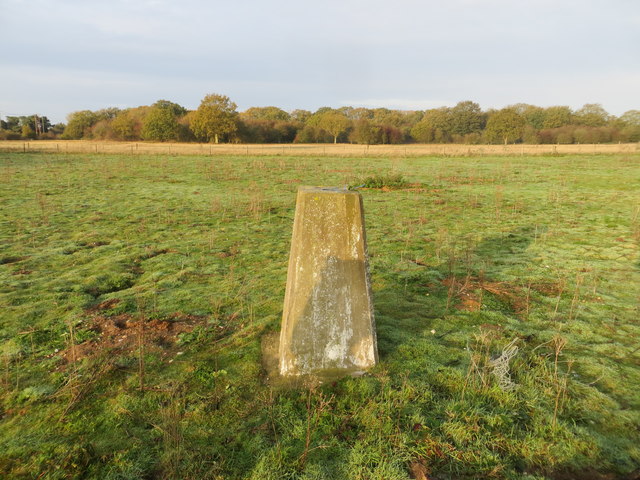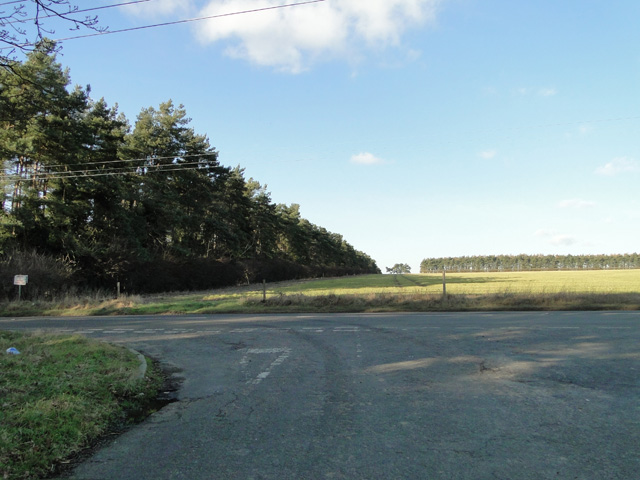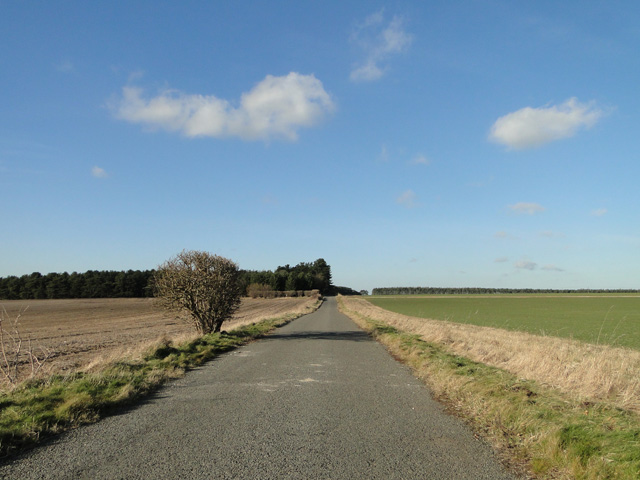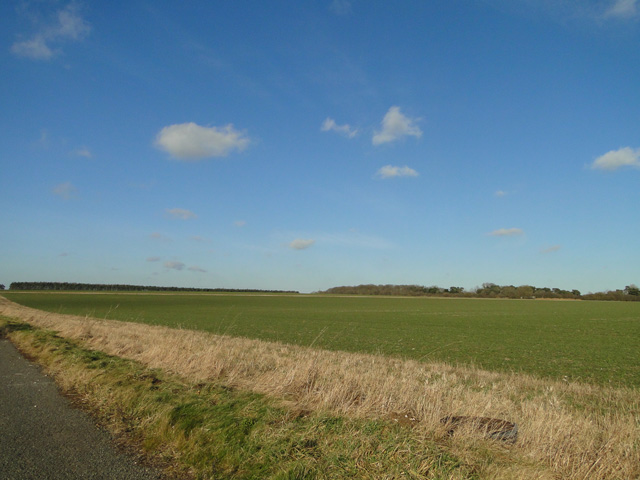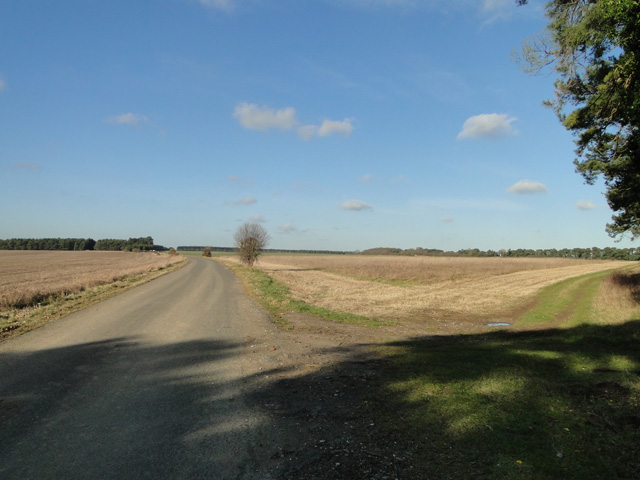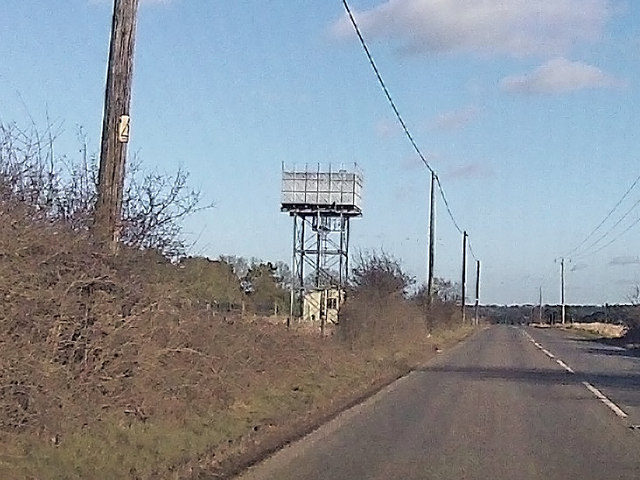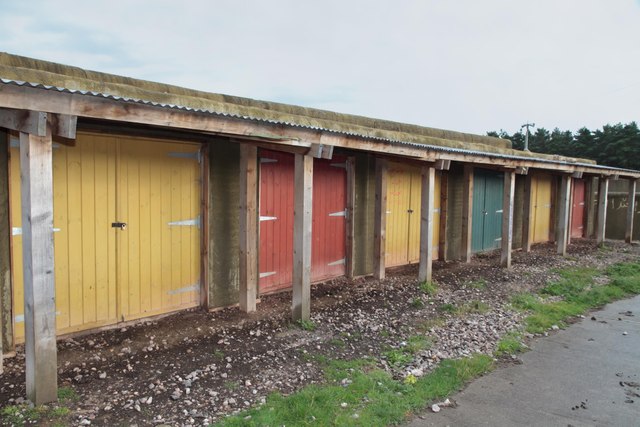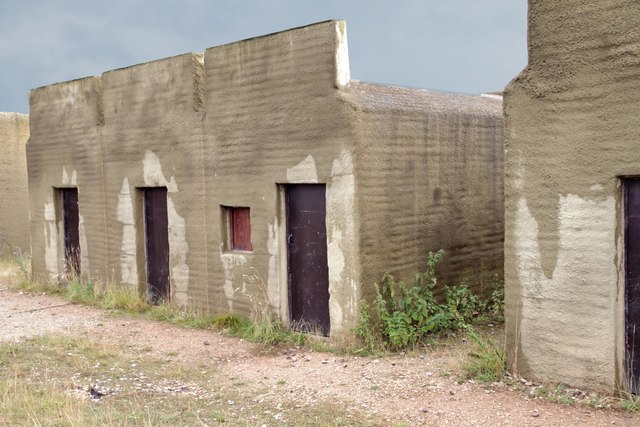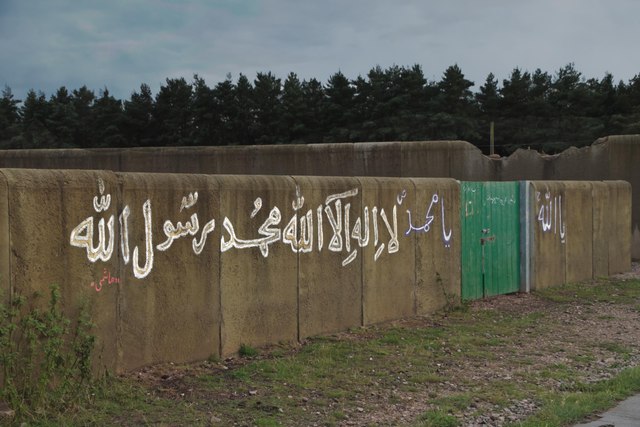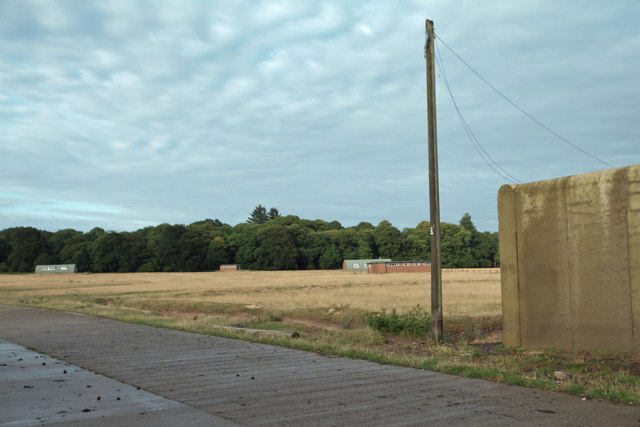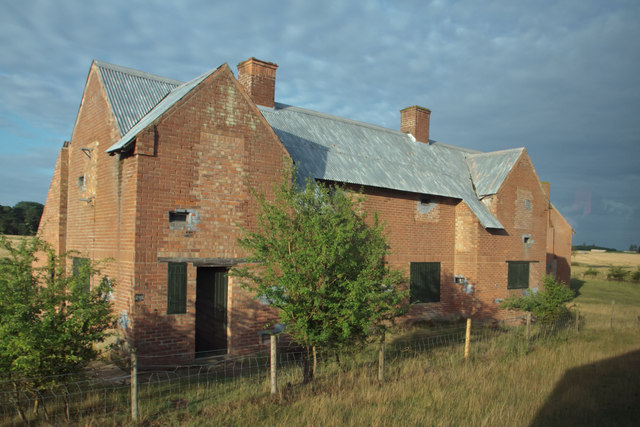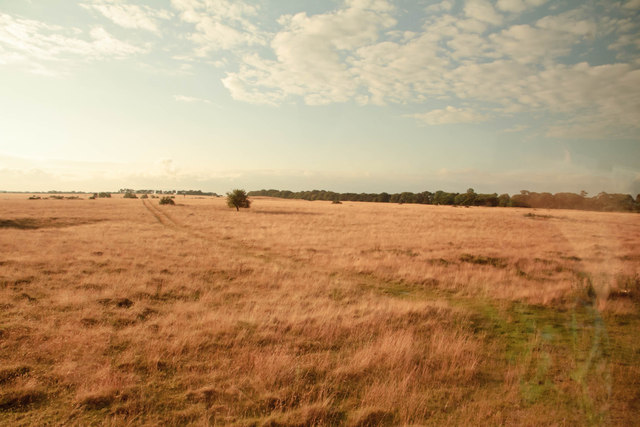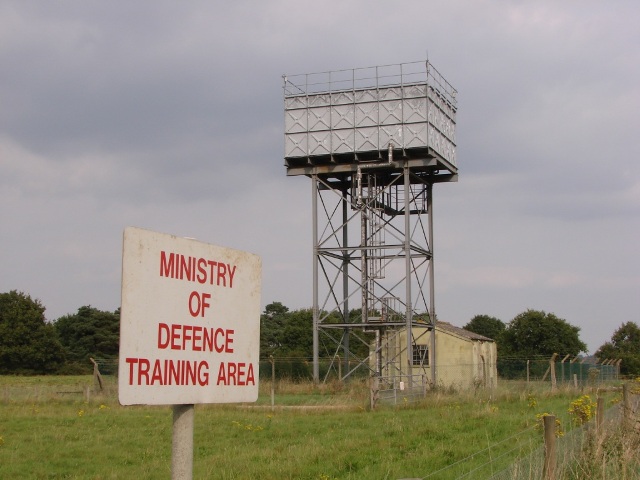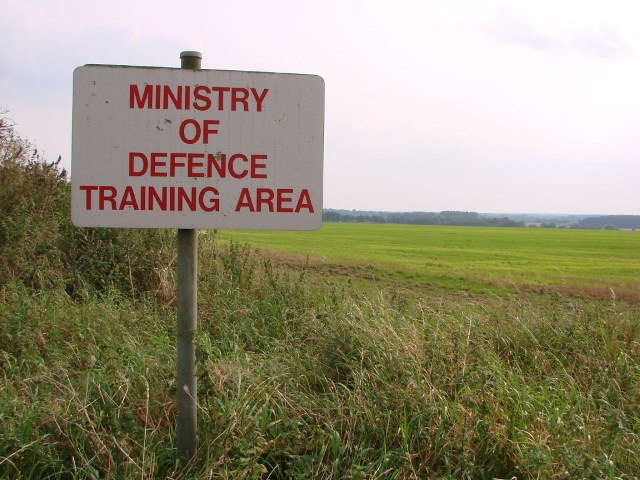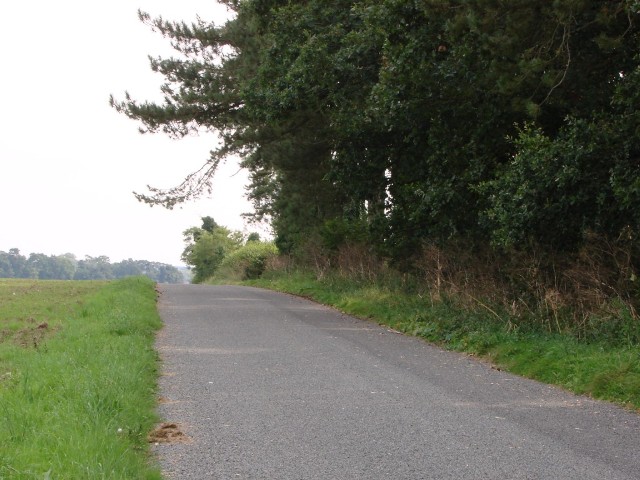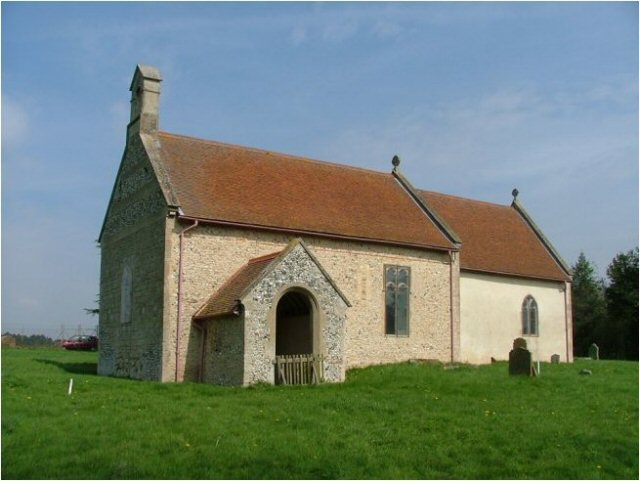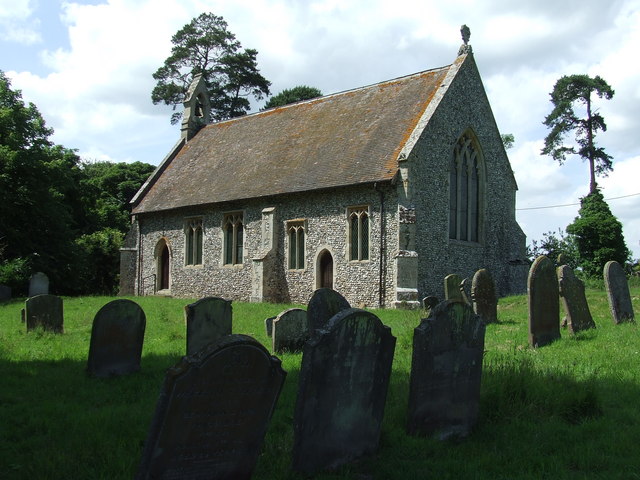Bodney Warren
Downs, Moorland in Norfolk Breckland
England
Bodney Warren
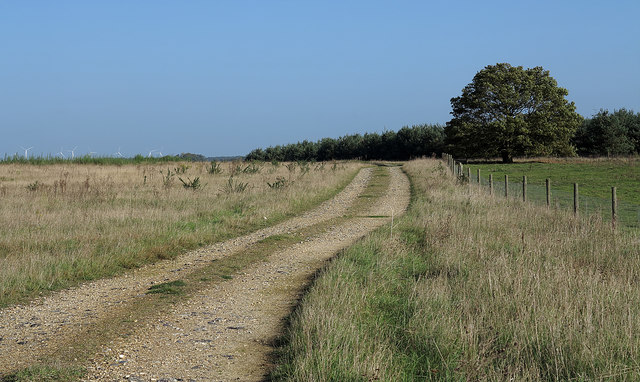
Bodney Warren, located in Norfolk, England, is a vast expanse of open land encompassing both downs and moorland. This area is renowned for its natural beauty and rich biodiversity, making it a popular destination for nature enthusiasts and outdoor adventurers.
The downs of Bodney Warren offer stunning panoramic views of the surrounding countryside, with rolling hills and lush green fields stretching as far as the eye can see. The landscape is characterized by gentle slopes and chalky soil, creating a unique environment that supports a variety of plant and animal species. Visitors can spot an array of wildflowers, such as harebells and cowslips, while birdwatchers may be lucky enough to catch a glimpse of skylarks and meadow pipits soaring through the skies.
In contrast, the moorland section of Bodney Warren presents a different but equally captivating scenery. Here, visitors will find vast expanses of heather-covered moors, interspersed with patches of gorse and bracken. This habitat provides a haven for species such as adders, stonechats, and curlews, which thrive in the moorland's unique conditions.
Bodney Warren is not only a place of natural beauty but also holds historical significance. During World War II, the area was used as an airfield by the Royal Air Force, and remnants of this wartime activity can still be seen today.
Overall, Bodney Warren in Norfolk offers a captivating blend of downs and moorland landscapes, providing a haven for wildlife and a picturesque setting for visitors to explore and appreciate.
If you have any feedback on the listing, please let us know in the comments section below.
Bodney Warren Images
Images are sourced within 2km of 52.540566/0.7187099 or Grid Reference TL8497. Thanks to Geograph Open Source API. All images are credited.
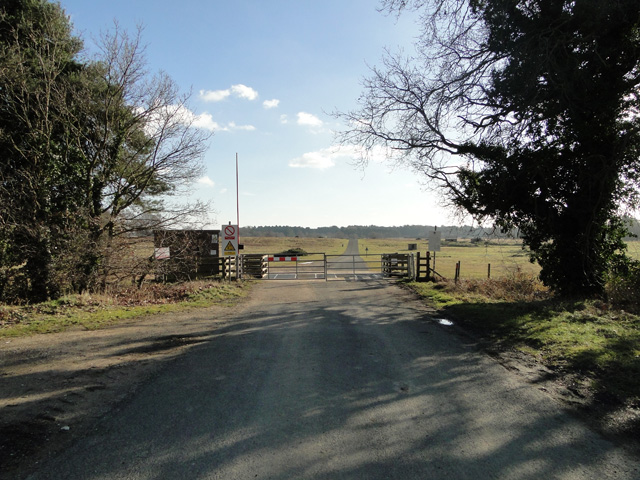
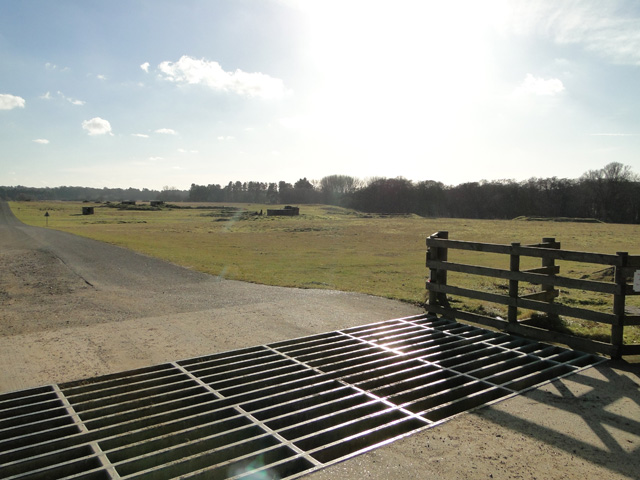
Bodney Warren is located at Grid Ref: TL8497 (Lat: 52.540566, Lng: 0.7187099)
Administrative County: Norfolk
District: Breckland
Police Authority: Norfolk
What 3 Words
///racked.bungalows.petrified. Near Mundford, Norfolk
Nearby Locations
Related Wikis
Langford, Norfolk
Langford is a village and former civil parish, now in the parish of Ickburgh, in the Breckland district, in the county of Norfolk, England. The village...
Old Bodney Camp
Old Bodney Camp is a 32.8-hectare (81-acre) biological Site of Special Scientific Interest west of Little Cressingham in Norfolk. It is part of the Breckland...
Bodney
Bodney is a village and former civil parish, now in the parish of Hilborough, in the Breckland district, in the county of Norfolk, England. In 1931 the...
Buckenham Tofts
Buckenham Tofts (or Buckenham Parva; Little Buckenham) is a former civil parish, now in the parish of Stanford, in the Breckland district, in the county...
Have you been to Bodney Warren?
Leave your review of Bodney Warren below (or comments, questions and feedback).
